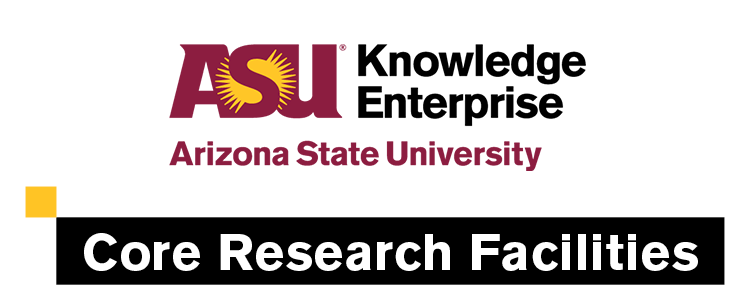
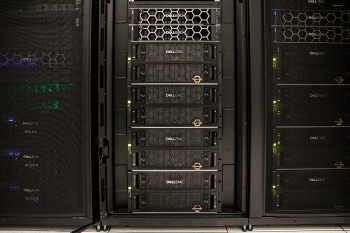
Welcome to the ASU Core Facilities Newsletter. We are ready to support all your research goals. Please follow our LinkedIn page for additional resources and community information.
Core of the Month: Research Computing
ASU Research Computing enables research and discovery through the application of advanced computational resources to scientific challenges. ASU's Sol Supercomputer recently received a major performance boost with the installation of over 230 GPU devices, adding to the over 18,000 CPU cores and 4PB of data storage available on the Sol machine.
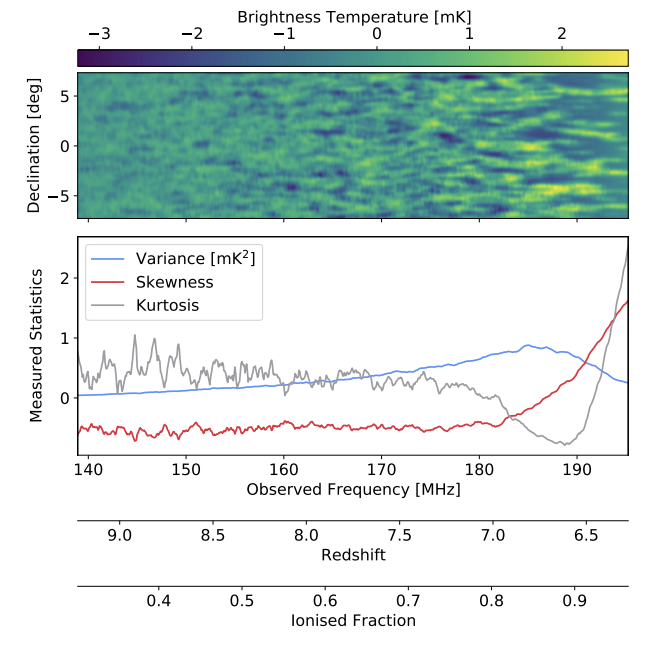
Drs. Kittiwisit, Bowman, Murray, Gehlot, Jacobs and Beardsley from the ASU School of Earth and Space Exploration recently published in Monthly Notices of the Royal Astronomical Society on simulations, run on ASU’s Agave supercomputer, of a new radio telescope, the Hydrogen Epoch of Reionization Array (HERA), currently being built by an international team. Learn more about HERA to discover how this breakthrough will provide insight on galaxies and Dark Matter.
News and Events
Research Computing GPU-focused Expo
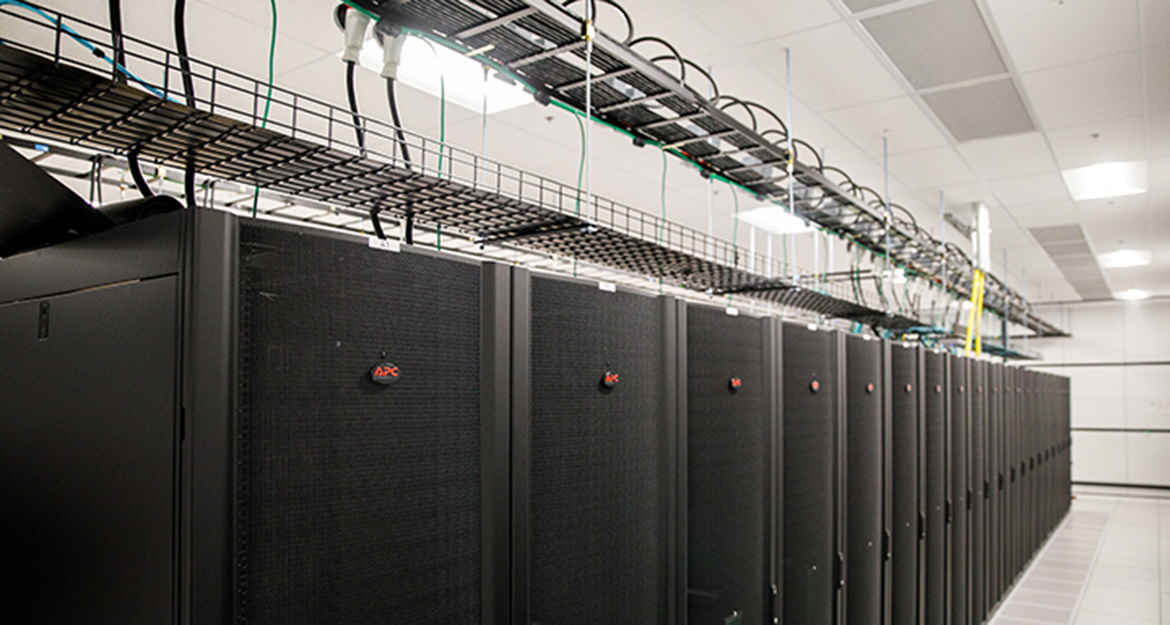
To inspire and motivate the use of Research Computing's supercomputing systems and to showcase the important applications of these powerful resources, a one day GPU-focused expo will be held on April 3, 2023 to educate students, staff, and faculty on how to use these graphics processing units (GPUs) on the new Sol supercomputer.
Publications
DNA-Protein Nanostructures! What's not to love?
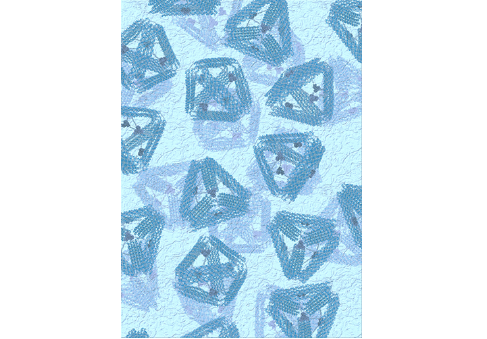
Researchers from ASU's School of Molecular Science, Eyring Materials Center, and the Center for Molecular Design and Biometrics present the combination of experimental and computational modeling tools for the design and characterization of protein–DNA hybrid nanostructures. They do this by using structural characterization methods like cryo-TEM and AFM.
More about the design and characterization of protein–DNA hybrid nanostructures.
Ikaite on infected tree wound from the Sonoran Desert
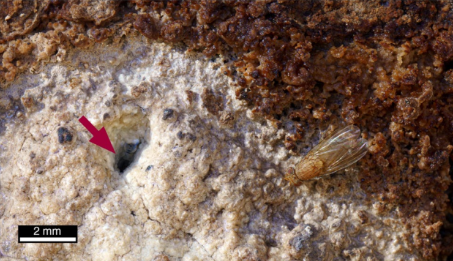
Professor Lawrence Garvie of the School of Earth and Space Exploration describes the serendipitous discovery of ikaite on a tree wound in the hot Sonoran Desert, which precipitates during short cold periods in the winter, whereas monohydrocalcite forms through most of the year.
The implications of this discovery.
Core Fun Fact: ASU Sol Supercomputer
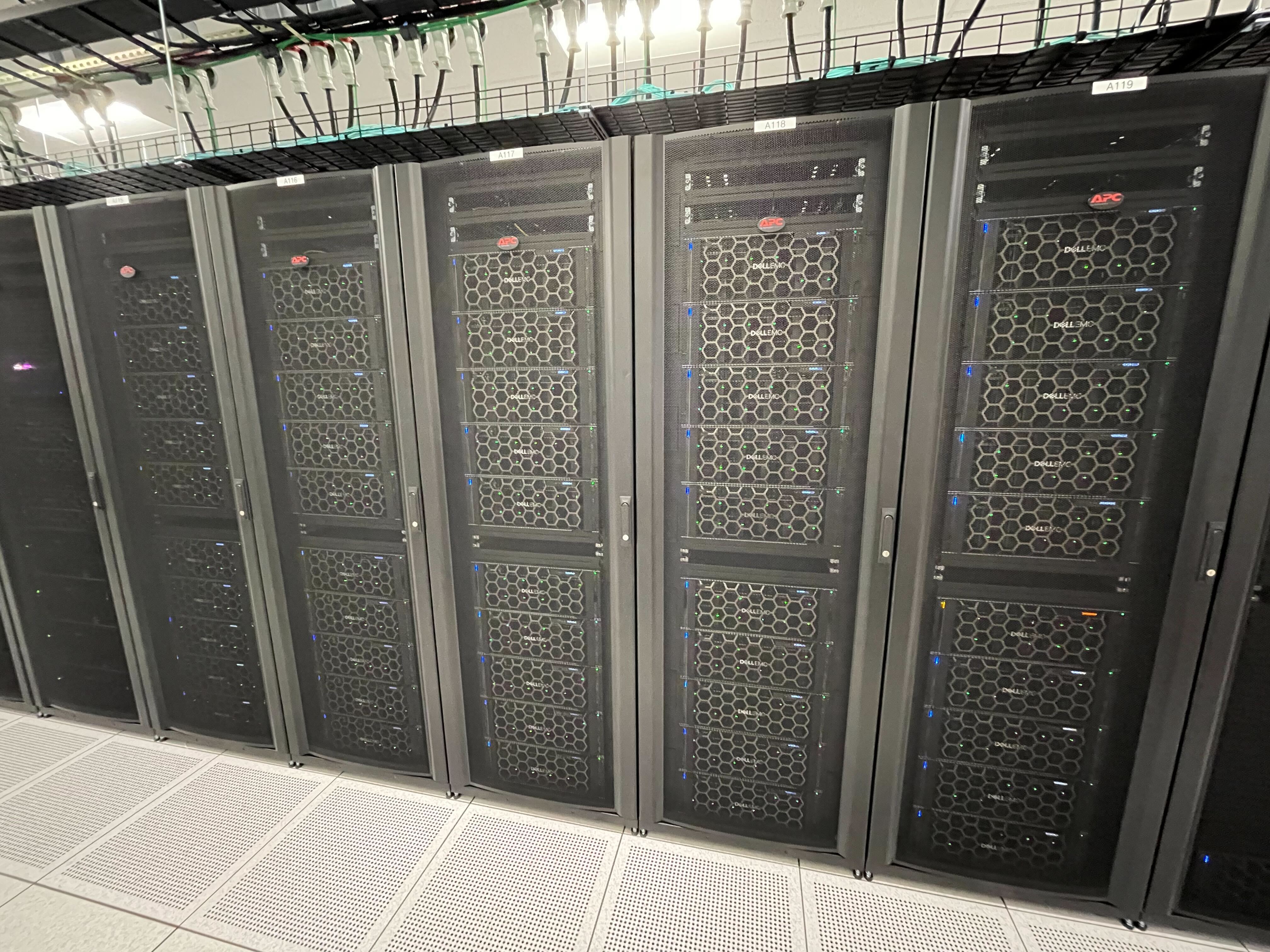
The first graphics cards were used in the 1970’s, within arcade machines, as a cheaper alternative to Random-Access Memory (RAM). However, graphics cards were not viable for consumer products until the release of the Large Scale Integration (LSI) circuit chip in the 1980’s. During the early-to-mid 1990’s, graphics cards that were capable of 3D support became more common in arcade, computer and console games. The first consumer-level GPU, meant for personal computers, was the Nvidia GeForce 256, which was released in 1999.

ASU’s Sol supercomputer has over 200 A100 GPUs available for computation. Each A100 can compute nearly 10 trillion 64 bit computations per second. If everyone on earth could type in one computation per second with hand calculators, it would take over 18 minutes what an A100 can accomplish in one second.

